Hardcover VS PaperbackThe difference between hardcover and paperback isn't restricted to the book's cover. There terms are generally associated with publications. You can see two editions of the same novel in a store: one is a hardcover version, and the other is a softcover or paperback version. At first sight, the only distinction visible to the untrained eye is that a hardcover book has a solid cover, while a paperback book has a softcover. Aside from that, the materials and content seem to be identical. Why do these two kinds of books exist in the first place? In this post, we'll look for the response to this riddle. 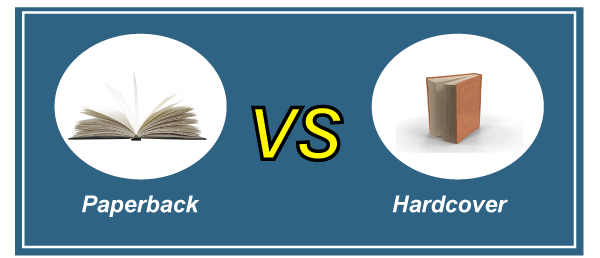
1) HardcoverA hardcover is a sort of book bound by a tough, stiff, protective layer that sometimes holds the pages together with stitches and staples. These books are generally thicker, heavier and long-lasting, so, they are usually more costly than other types of books. 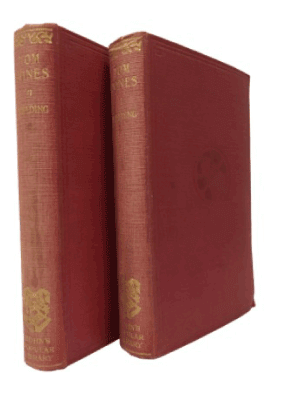
In the field of binding, the hardcover book is perhaps the most popular. The hardcover book, otherwise known as casebound or hardback, is a novel's signature edition. Besides this, the first-editions are generally hardcover novels, which are highly sought after hardcore novels. So, in the beginning, the hardcover books are published to earn maximum profit by selling them to the segment of the public which is most committed to purchasing these hardcover books. Unlike a paperback novel, the hardcover novel's cover can be rendered in a variety of ways such as shirt, fabric, printed/laminated, including a dust jacket, bonded leather, and more. Besides this, Custom end-leaves, gilded corners, speckled, and edge staining are all included for hardcover book printing. Each of these personalized add-ons gives your hardcover book a more special and interesting look. Let's take a look at each one: 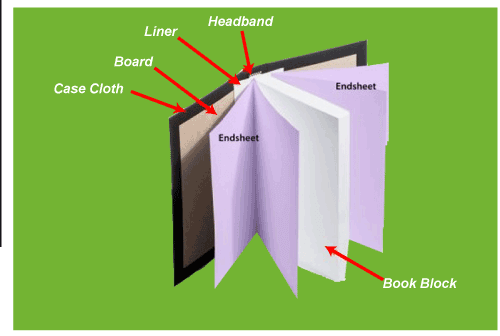
End-Leaves with a Personal Touch The finishing sheets are sheets of paper on the inside front and the bottom. You may use white, yellow, red, or blue for regular end leaves. You can also print any graphic for customized end leaves. Gilded Edges A common technique for bibles involves sanding and almost polishing the three sides of the book before applying a thin film of gold to the book edge with a heated silicon rubber roll. The majority of people believe this is only for aesthetic reasons to shield the books from the ingredients of human hands. Just look at the staining of the sheets of an old novel. Only silver and gold leaf foil is offered in matt or glossy finishes. Edge Smudging and Speckled Edges Line staining and speckled edges are two enjoyable ways to add a little uniqueness to your hardcover novel. The novel edges are coated with a fine mist to produce a spontaneous spotting effect cover on the novel with mottled sides. For outline staining, there are two forms of stain; liquid aniline dye, which has a small color range, and ink-based (more expensive) blemish, which can match almost any PMS color. 2) PaperbackThe other most widely printed books in the printing industry are paperback novels, also described as softcover or great bound books. If you're looking for inexpensive publishing, a paperback novel is the most cost-effective choice due to the resources involved. The paperback book is inexpensive to transport because of its sleek, lightweight form. For any printer with a budget, the paperback novel is the print medium of choice. 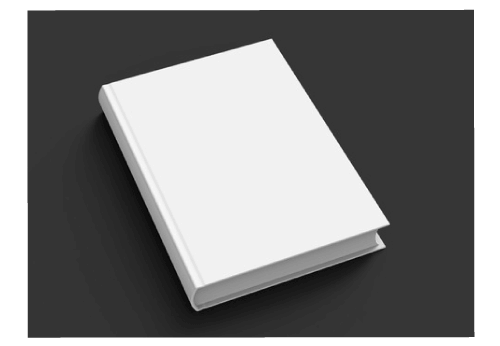
Adhesive binding is perhaps the most common technique for creating a great-bound book. Your text papers will be printed in book frames using this process. When you publish a book block, you print each page of a novel at once, but if you picked up the loose board, you'd be keeping all of the book's inner pages. Signatures are an answer to this, so we'll get to that first. The inner text sheets are usually printed with ink or conditioner on 60lb uncoated paper or 80lb painted paper. If the novel frames are complete, cut them at the spine and tie the articles to a published and laminated cover stock using EVA glue, a hot glue. PUR glue is used for even tighter binding. Paperback book publication usually is quicker than hardcover print publications. 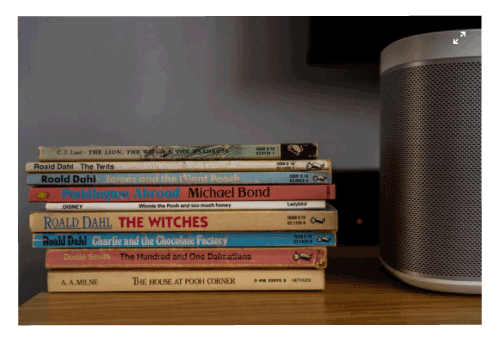
While publishing in book frames, gluing is the most popular approach for creating a softcover book, it is far from the only one. When it comes to printing, hardcover and paperback books have two things in common. Both adhesive and sewn binding options are available. While adhesive adhesion is famous for paperback books, Smyth sewn binding is preferred for hardcover books. Smyth stitched novels are also the most sturdy and longest lasting. Difference between Hardcover and Paper cover
Next TopicDifference Between
|
 For Videos Join Our Youtube Channel: Join Now
For Videos Join Our Youtube Channel: Join Now
Feedback
- Send your Feedback to [email protected]
Help Others, Please Share










